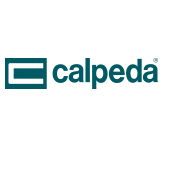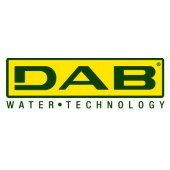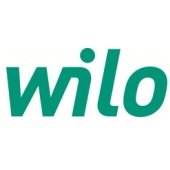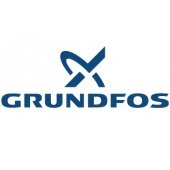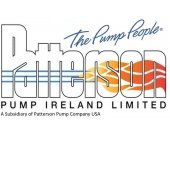Pumping station upgrade delivers efficiency gains
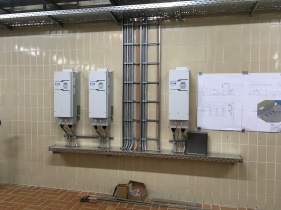 By installing IE4 motors controlled by variable frequency drives, from power management specialist Eaton, a water utility in Ausberg, Germany, has reduced energy consumption at one of its pumping stations by around 15%. flow found out how this significant saving was achieved.
By installing IE4 motors controlled by variable frequency drives, from power management specialist Eaton, a water utility in Ausberg, Germany, has reduced energy consumption at one of its pumping stations by around 15%. flow found out how this significant saving was achieved.
The Zweckverband Stauden-Wasserversorgung supplies around 2.4 million cubic metres of naturally pure drinking water annually. The utility’s waterworks are located in Mittelneufnach, in the Augsburg Western Woods Nature Park, an area of outstanding natural beauty. The utility supplies water to approximately 37,000 people across 21 municipalities. Three water towers with a total capacity of 6,500m³ are required to cover the fluctuating demand, with consumption peaks that are at times extremely high. The water is supplied to households via an extensive system of pipes, totalling around 570 kilometres.
The challenge
Previously, the utility’s pumping station consumed between two million and two and a half million kilowatt hours of energy to supply around 2.4 million cubic metres of clean drinking water each year. This represented an enormous cost factor for the water utility. Most of the electricity was required to drive the three clean-water pumps, which pump the treated water into the mains while also filling up three water towers.
By today’s standards, the energy consumption was considered very high, a result of the outdated drive technology, which was of a type that is still used in many waterworks today. Conventional electric motors, with a capacity of 55kW each, were used to drive the pumps, while the motors were switched using motor starters. The system’s delivery rate was then gradually increased by switching on the three pumps one after the other. To avoid pressure surges during the start-up phase, a gate valve was used to regulate the flow rate. During start-up, the gate valve, which controlled the flow to the water supply system, initially remained closed. It only opened slowly once the pump reached its full capacity, so the pressure in the water supply system increased gradually. However, this meant that the pump worked against the closed gate valve during start-up, meaning the energy supplied by the motor could not actually be used to pump water.
From a performance point of view, this drive technology was particularly inefficient because the pumps could not operate at their optimum operating point in the most energy-efficient manner. Because the speed of the pumps could not be changed, the pumps either did not run at all or ran at full power. If no water was needed, a non-return valve prevented the water from being pushed back from the supply system. During shutdown of the pumps, the gate valves were used to reduce the backflow. Nevertheless, each shutdown resulted in increased wear on the non-return-valve.
In 2018, the water utility made the decision to carry out a comprehensive upgrade of the pumping station to reduce the overall life-cycle costs. Improving the energy efficiency of the system was the main priority. The contract was awarded to Aquatech AG, a specialist in electrical, drive and automation technology, with a focus on water supply systems, wastewater disposal and renewable energy, based in Regen, Germany.
Delivering a solution
As a first step, Aquatech’s experts replaced the conventional electric motors with more energy-efficient IE4 motors. Aquatech also implemented a motor-speed control system that ensures smooth start-up and shutdown and prevents the pumps from working against the valves, which would waste a lot of energy. The motor starters were replaced with PowerXL DG1 variable frequency drives from Eaton. Since Aquatech has been working with Eaton for approximately 30 years, it was familiar with all the advantages of the DG1. The PowerXL drives have been designed for motor control up to the highest efficiency class IE4. Thanks to a unique energy optimisation process, driving motors with the DG1 also consumes between 2 and 10% less energy than conventional frequency inverters.
The rugged and easy-to-operate drives come with internal EMC filters (category C2) for connection to the public grid, and while the standard version is suitable for virtually all applications, a version with IP54 protection is also available. This enabled Aquatech to place the drives directly in the pump room without needing any control cabinet. As such, the drives do not require a separate cooling system, which saves additional energy.
“In addition, commissioning the devices was very simple,” emphasised Markus Huber from Aquatech’s project planning team. For many applications, installers can commission the DG1 right out of the box, without the need for any time-consuming configuration on site. The user-friendly navigation menu on the five-line LCD display, as well as the self-explanatory type codes and the limited number of standard parameters (18), considerably simplify the commissioning process. In addition, the DG1 drives include a number of communication protocols as standard, meaning they can be directly networked without any additional hardware.
“Thanks to the integrated Ethernet IP interface, we have direct access to the individual drives we installed at Staudenwasser,” said Markus. “This makes it easy to implement remote maintenance and thus to increase the system’s availability.” The pumping station is controlled and monitored using a PLC and a process control system to which the drives connect via Modbus TCP. All drive parameters can also be monitored via the control system.
A positive result
The combination of DG1 drives with IE4 motors allows for speed-controlled operation. During start-up, the pumping capacity increases gradually, avoiding the voltage peaks and pressure surges that often plagued the old system. In fact, this has enabled the waterworks to eliminate the gate valves entirely. With the new system, sudden pressure changes in the water mains are also a thing of the past – thanks to the use of variable frequency drives, which gradually reduce the power output of the pumps. As a result, the non-return valves now close much more gently, which translates into less wear.
What contributed most to reducing the overall operating costs was the fact that the new system allows the pumps to run at their optimum operating point of 42 to 53Hz.
The process control system calculates the quantity of water required for filling the water towers and uses this information to determine the required number of pumps, taking into account the flow rate at their optimum operating point – which translates into significant energy savings compared to the old system.
What’s more, the water treatment process is now also more energy-efficient. The well water is aerated using two rotary vane compressors – the added oxygen then binds the iron and manganese particles dissolved in the water, causing them to form flakes that can be filtered out.
Aquatech replaced the conventional 5.5kW compressor drives that were previously used for this purpose with IE4 motors, which are controlled using DG1 drives.
With this solution, Aquatech has implemented a system that optimally coordinates the entire delivery process, from the well through treatment all the way to the water towers.
“All in all, combining IE4 motors with DG1 drives enabled us to reduce the water utility’s energy costs by about 15%. At an average of 5,000 operating hours per year for each drive, this translates into major savings,” concluded Markus.
Back to Latest News

2.jpg&w=170&h=170)

1.png&w=170&h=170)
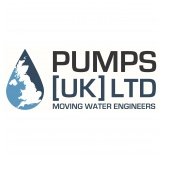
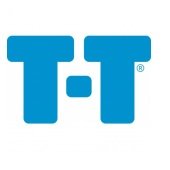
3.png&w=170&h=170)
